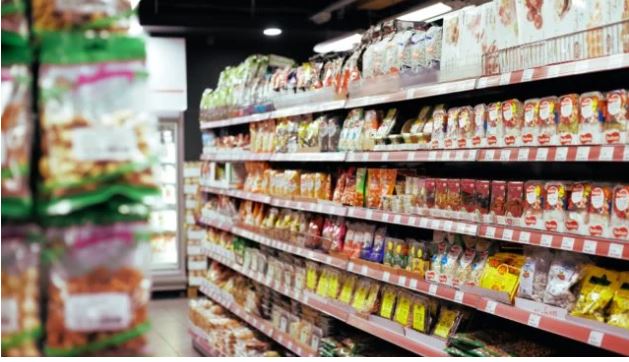411
Why Johannesburg Is Now South Africa’s Most Expensive City for Groceries

If you’re living in Johannesburg and feel like your grocery bill keeps climbing, you’re not imagining it. According to the latest report from the Pietermaritzburg Economic Justice and Dignity (PMBEJD) group, Johannesburg is now officially the most expensive metro in South Africa for essential groceries.
How Much Are South Africans Paying?
In May 2025, the average cost of a household food basket in Johannesburg hit R5,610.46 — an increase of R77.58 from April and R17.17 higher year-on-year. That’s R143.87 more than the national average, cementing the city’s place at the top of the price ladder.
The food basket includes 44 essential items that represent a typical urban South African household’s grocery list.
Cape Town and Durban: Still Pricey, But Cheaper Than Joburg
Cape Town saw the steepest annual increase. In May, its food basket cost R5,429.18, up R299.18 (or 5.8%) from last year. Still, it’s R181.28 cheaper than Johannesburg.
Durban offered some relief with the lowest prices among the three major metros. Its basket came in at R5,427.87, rising slightly from April but only increasing 1.6% year-on-year. That’s still R182.59 less than Joburg — a big difference for cost-conscious families.
What’s Driving These Price Increases?
It’s not just a Johannesburg problem. Food inflation has been steadily rising across South Africa. Stats SA reports that food and non-alcoholic beverages (NAB) inflation hit 4.0% in April 2025, climbing from 2.7% the previous month.
Key contributors include:
-
Meat products, especially beef, which saw a 2.3% spike in one month.
-
Hot beverages, like coffee and tea, up a sharp 15.2%.
-
Fish, cereals, and vegetables also recorded above-average inflation.
Even alcoholic beverages added to the pressure, with prices jumping from 4.1% to 4.7% year-on-year.
Why This Matters for South Africans
While overall inflation in April dipped slightly to 2.8%, the cost of putting food on the table remains high — especially in urban centres like Johannesburg. For low and middle-income households, these price hikes strain monthly budgets and limit access to essential nutrition.
The data paints a clear picture: rising food prices are becoming a persistent burden, even as inflation elsewhere is cooling down.
Johannesburg may be the country’s economic hub, but it’s also now the priciest place to feed a family. As food inflation continues to bite, households across South Africa — especially in the metros — are being forced to make tough choices at the till.
For now, residents in Durban and Cape Town might breathe a little easier — but if trends continue, no city is immune from South Africa’s rising grocery costs.

Sourced: BusinessTech
{Source: BusinessTech}
Follow Joburg ETC on Facebook, Twitter , TikTok and Instagram
For more News in Johannesburg, visit joburgetc.com

















